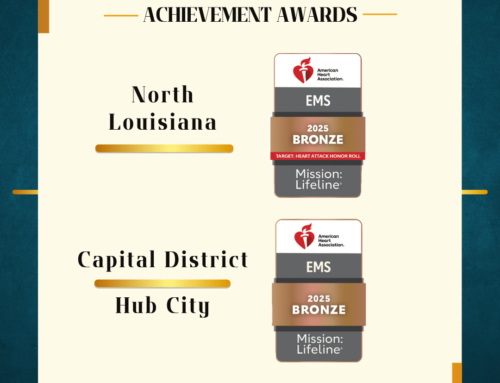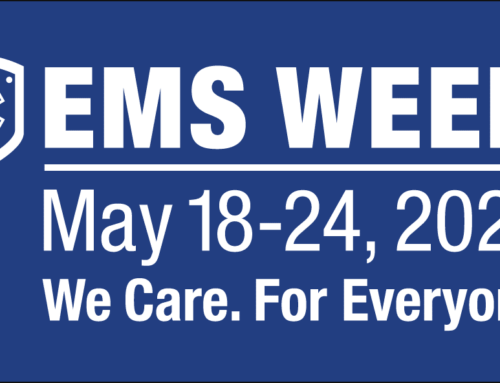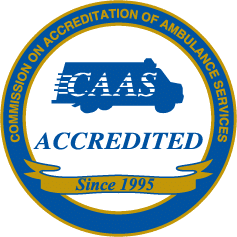Originally posted March 31, 2020 from a Texas EMS Alliance press release
As the nation’s attention is focused on COVID-19 and the care and treatment of patients suspected or confirmed to be infected with the virus, typical 911 calls are still occurring. Cardiac emergencies, strokes, motor vehicle accidents and other traumatic injuries are still part of the day-to-day reality for first responders. EMS professionals already work in an uncontrolled environment; now, as a result of the virus, EMS professionals are dealing with the added complexity of trying to determine – within seconds – if the emergency patient is likely to be a COVID-19 carrier.
Many state and federal guidelines caution EMS professionals to assume that all patients are “hot,” or carrying the virus, until proven that they are clear. Unfortunately, the severe shortage of protective personal equipment (PPE) does not allow the luxury of suiting up both members of an ambulance crew for every patient, and agencies must find creative ways to conserve the vital gear.
In many communities, fire departments have been forced to discontinue EMS responses unless needed for extrication. And when the ambulance arrives, you may see only one EMS professional approach the patient or enter the home, at least until an initial assessment is complete. Patients who are able may be asked to meet the medics outside the front door to reduce chances for contamination. More and more, patient delivery at the hospital occurs in the ambulance bay, where hospital staff receives the medical report from the ambulance crew and takes over care, keeping the EMS professionals from having to enter the emergency department.
While these are drastic measures, they are necessary to reduce the chances of contamination so EMS professionals can continue to serve. Fewer EMS professionals will result in fewer ambulances on the road and longer response times.
Federal Government’s Emergency Proposal – March 30, 2020
Under the federal government’s March 30, 2020, emergency proposal, EMS agencies will be allowed to transport patients to destinations other than hospitals, such as testing sites, clinics and physician offices. Implementation will vary from region to region across Texas, as each community is different, and each EMS agency’s medical director will work with the local medical community to determine the best way to implement this policy.
Other changes in the traditional EMS model may be coming from the federal and state governments. Again, those changes may, and likely will, differ from region to region, but this flexibility will help each EMS agency best serve its community as the nation works through this crisis.
Texas EMS Agencies in Your Community
Many Texas EMS agencies are communicating with their communities via social media. If you would like to learn more about how the Texas EMS agencies in your community are addressing COVID-19, please contact TEMSA.
About TEMSA
The Texas EMS Alliance was founded in 2015 to serve as the stakeholder voice for Texas EMS agencies. TEMSA represents over 80 Texas EMS agencies that provide 911 services to both urban and rural communities across the state of Texas.
















